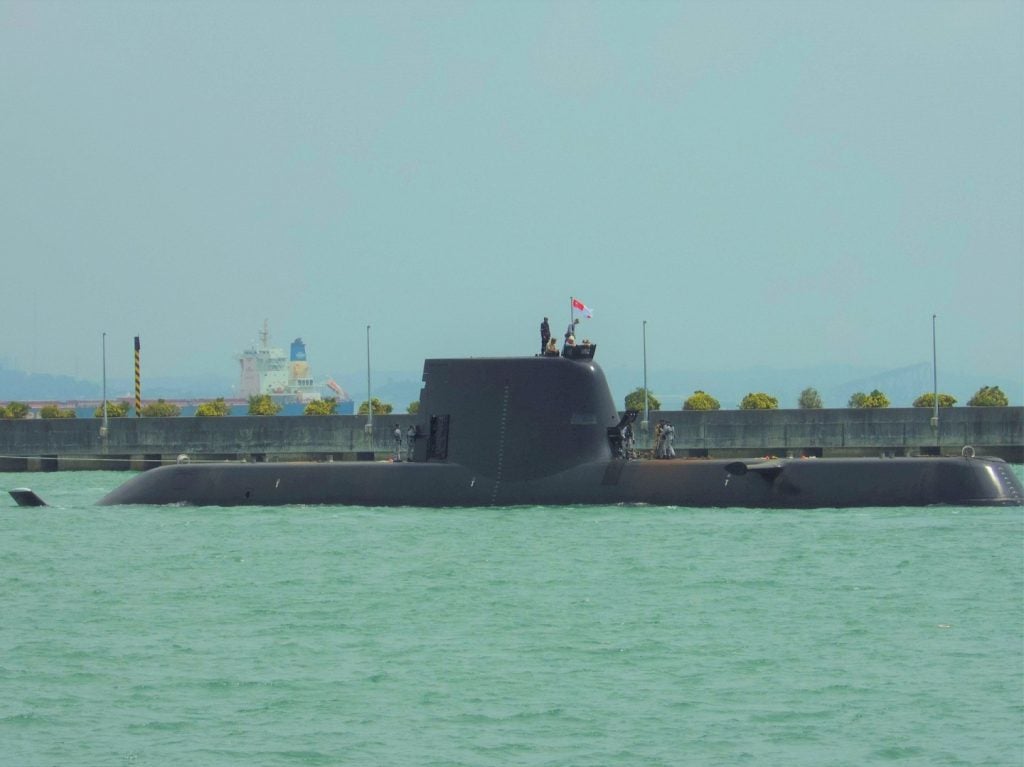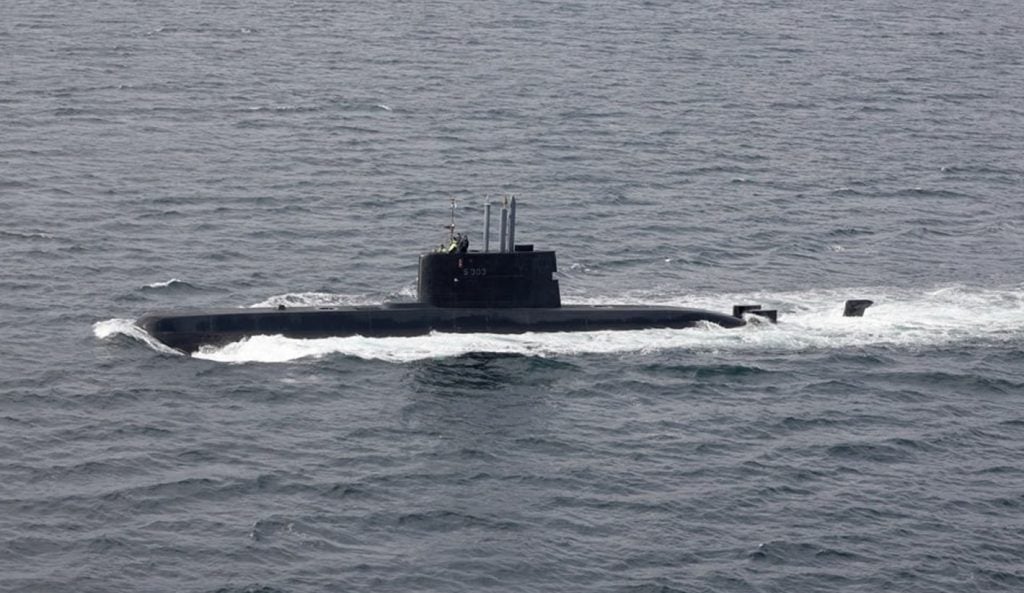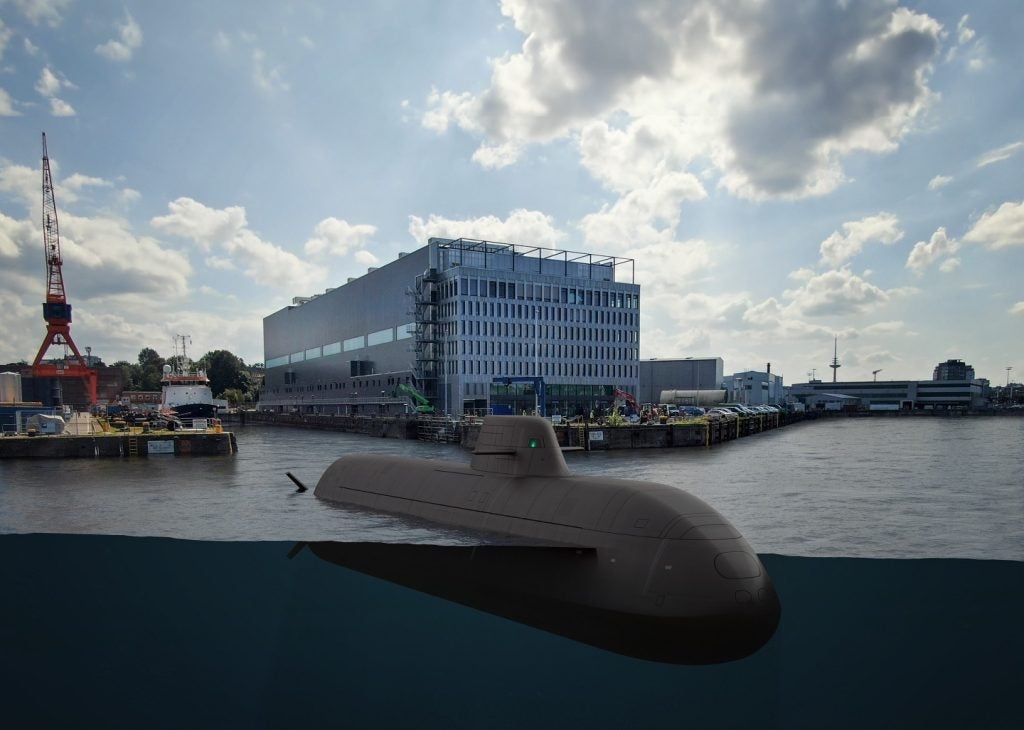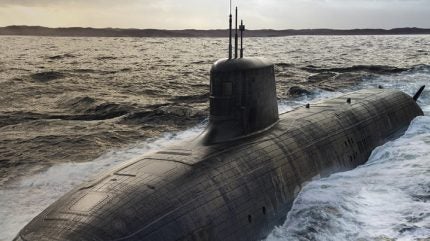
The formation of a new joint venture (JV) – H&B Defence – by UK and US defence primes Babcock and HII as part of the AUKUS nuclear-powered attack submarine (SSN) programme, is the latest step in the ongoing effort to develop Australia’s ability to help build, operate, and sustain its future SSNs.
Initially, Australia is expected to lease or acquire up to five Virginia-class SSNs from the US, either new build or boats already in service, from the early 2030s, before transitioning to the new AUKUS-SSN class – currently under development – in the 2040s.
Between HII and Babcock, the companies provide the full spectrum of nuclear submarine design, manufacturing, and sustainment practices, aligning with Pillar 1 of the AUKUS programme to deliver SSN capability to the Royal Australian Navy (RAN).
In 2023, the two companies signed a bilateral strategic partnership to enhance nuclear submarine sustainment and decommissioning skills.
H&B Defence will combine the nuclear submarine and shipbuilding experience of the UK and US, bringing skills under a single Australia-based company, with a specific focus on supply chains, industrial base, and workforce.
An 18 June 2024, release from Babcock stated that H&B Defence had been established “to support all steps of Australia’s optimal pathway to sovereign nuclear-powered submarines under AUKUS Pillar 1 – including workforce, nuclear infrastructure design and build, submarine defueling and decommissioning, nuclear waste and future sustainment”.
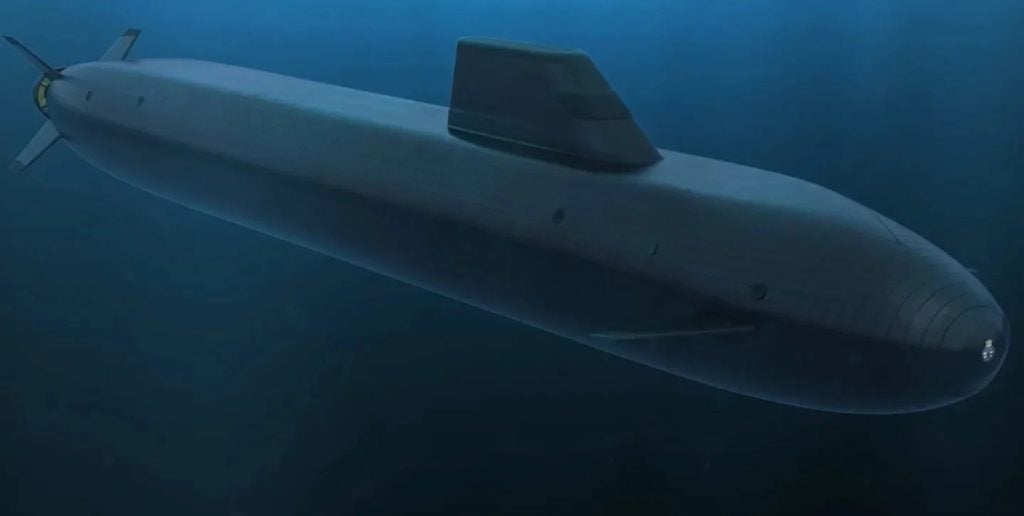
The company will be headquartered in the Australian capital Canberra, initially tasked with growing a sovereign nuclear submarine workforce in the country.
US-based HII design, builds, and maintains the US Navy’s Virginia-class SSNs and predecessor classes, having delivered more than 60 nuclear-powered submarines over the past four decades.
Meanwhile, UK-based Babcock, while not a manufacturer of nuclear submarines, sustains the UK Royal Navy’s entire submarine fleet, and operates the UK’s only licensed facility for refitting, refuelling, and defuelling nuclear submarines, at its Devonport Royal Dockyard.
AUKUS building blocks coming together
The formation comes just three months after the UK and Australia announced the industry team tasked with building the future AUKUS attack submarine that will form the next generation of nuclear-powered attack submarine capability for both the RAN and UK Royal Navy.
UK submarine prime BAE Systems and Australia’s ASC Pty will build the new fleet of SSNs for the RAN, with the two companies expected to form a long-term, incorporated joint venture in the future.
As previously outlined, under the AUKUS agreement, Australia and the UK will operate a common SSN design, based on the UK’s next generation design being led by BAE Systems, a platform once known as the SSNR.
The new AUKUS-SSN will replace the in-service Astute-class submarines in the Royal Navy, and Australia’s future Virginia-class boats, which will be acquired from the United States in the coming years.
The UK will begin replacing its Astute class from the late 2030s, potentially around 2039, followed by Australia bringing online its own AUKUS-SSNs from 2042, with subsequent boats following at three-year intervals. The UK’s submarines, and, potentially, early boats of Australia’s requirement, will be built at the BAE Systems submarine yards at Barrow-in-Furness.
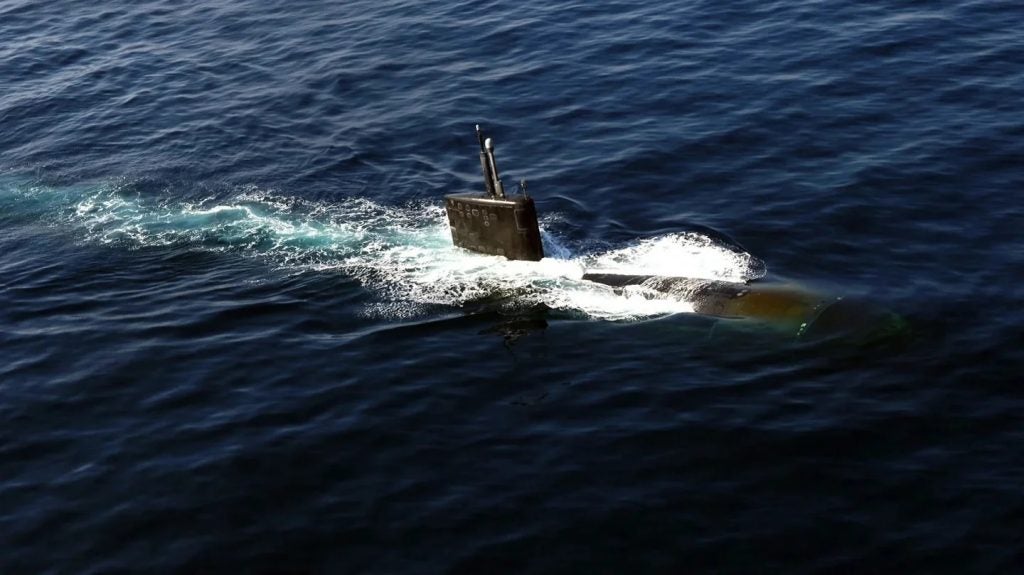
In October 2023 the UK Ministry of Defence awarded BAE Systems almost £4bn ($5.7bn) for the next phase of the SSN attack submarine programme in October 2023, covering development work through to 2028 and enabling the detailed design phase of the programme and procurement of long-lead items.
BAE Systems stated at the time that the award is also funding “significant infrastructure investment” in Barrow, which will see the site’s facilities double in size from 80,000 to 160,000 square metres by the late 2030s. The company has increased its UK submarines workforce to 13,500 with plans to grow to around 17,000 at its peak to support AUKUS-SSN in the UK, as well as the Astute and Dreadnought programmes.
The Australian Government has also confirmed that it will invest into the UK’s nuclear infrastructure upgrade plans, with Rolls-Royce to provide all the nuclear reactor plants that will power the AUKUS-SSN boats, both in service with the UK Royal Navy and Royal Australian Navy.
Australia currently operates the conventionally-powered Collins-class diesel electric (SSK) submarines. In 2021 Canberra cancelled its original plan to acquire French Barracuda-class SSKs in favour of a move to nuclear propulsion, a decision that infuriated France as it lost out to its long time rivals, the UK.
US and UK SSNs will be based in Australia
UK and US efforts are already underway to assist Australia in the development of nuclear submarine sustainment practices, with the navies from both countries committing to the deployment of Virginia- and Astute-class SSNs respectively in Western Australia under AUKUS Submarine Rotational Force-West (SRF-West).
When fully operational, HMAS Stirling will host and support the deployment of one Royal Navy Astute-class SSN and four US Navy Virginia-class submarines, by the start of 2027.
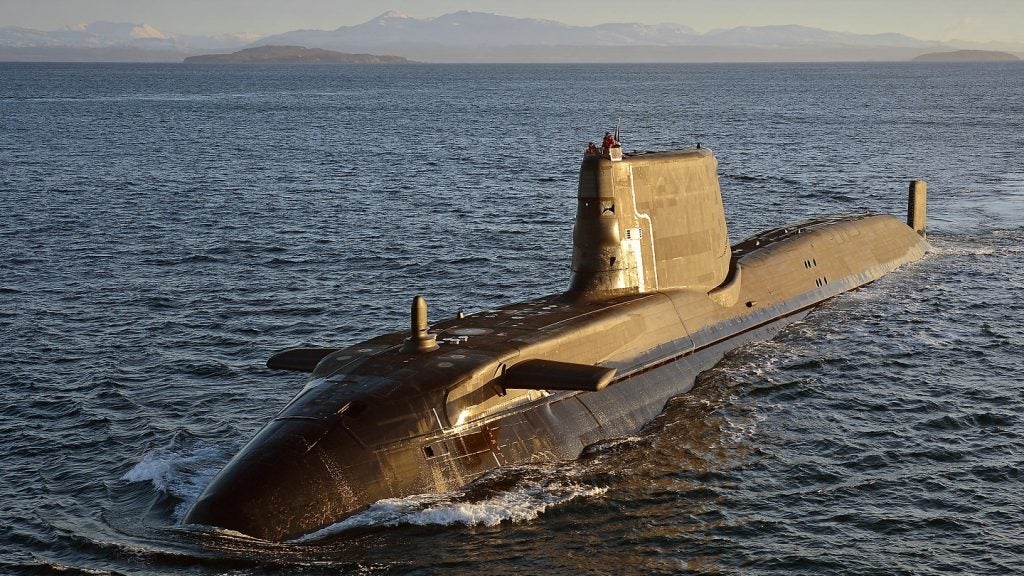
In a workup programme before being able to fully accommodate forward-deployed US and UK assets, there will be an increase in visit of submarines from the US in 2023, followed by the UK from 2026. From 2027, rotations of UK and US submarines to Australia will commence.




